About This Game
Mechabots represents the pinnacle of giant robot gaming, combining deep customization mechanics with explosive combat action that captures the excitement of piloting massive mechanical warriors. The game puts players in control of every aspect of their war machines, from basic chassis selection to intricate weapon load-outs and tactical system configurations.
The core experience revolves around the satisfying cycle of building, battling, and rebuilding as players continuously refine their mechanical designs based on combat performance and strategic requirements. Each mech component serves specific purposes with trade-offs between speed, armor, firepower, and energy efficiency that create meaningful customization decisions.
What sets Mechabots apart is its sophisticated damage modeling system where individual components can be targeted, disabled, or destroyed during combat. Losing an arm eliminates attached weapons, leg damage reduces mobility, and cockpit hits threaten pilot survival. This granular destruction model encourages tactical thinking about both offensive targeting and defensive positioning.
The campaign mode tells an engaging science fiction story through beautifully rendered cutscenes and immersive mission briefings. Players progress through various conflict zones, each presenting unique environmental challenges and enemy types that demand adapted mech configurations and tactical approaches.
Arena combat provides the heart of competitive gameplay where human pilots face off in various battle formats ranging from one-on-one duels to massive team battles involving dozens of mechs simultaneously. Each arena features distinct terrain features, environmental hazards, and tactical opportunities that influence optimal mech designs.
Faction warfare adds meta-strategic elements as players choose allegiances with different technology philosophies. Each faction offers unique component types, weapon systems, and tactical doctrines that encourage exploring diverse play styles and strategic approaches.
The economics simulation creates depth through resource management, component manufacturing, and mech maintenance costs. Successful pilots must balance performance upgrades with operational expenses while managing damaged equipment and replacement parts.
How to Play
Mechabots begins with comprehensive tutorials that guide new pilots through fundamental mech construction principles and basic combat maneuvers. The learning curve remains manageable while introducing sophisticated systems gradually to prevent overwhelming newcomers.
Mech construction utilizes intuitive drag-and-drop interfaces where players select chassis types, mount weapons systems, and configure internal components. Visual feedback shows weight distribution, power consumption, and performance statistics in real-time as modifications are made.
Combat controls emphasize tactical movement over twitch reflexes, though quick reactions during critical moments can determine battle outcomes. Players must manage heat buildup, ammunition reserves, and energy distribution while maintaining situational awareness of multiple threats.
Weapon systems each require different tactical approaches and timing considerations. Ballistic weapons provide reliable damage with ammunition limitations, energy weapons offer unlimited shots with heat management concerns, and missile systems deliver devastating area effects with lock-on requirements.
Environmental interaction plays crucial roles in advanced combat scenarios. Mechs can take cover behind buildings, use terrain elevation for tactical advantages, and interact with destructible environments to create new strategic opportunities or eliminate enemy positions.
Team coordination becomes essential in multiplayer battles where different mech roles complement each other. Heavy assault mechs provide firepower and durability, scout mechs gather intelligence and harass enemies, while support mechs repair allies and provide electronic warfare capabilities.
Resource management extends beyond individual battles as players must maintain their mech fleets, purchase upgrades, and invest in new technology development. Strategic decisions about long-term progression affect competitive viability and campaign success.
Platforms
Mechabots delivers optimized experiences across multiple gaming platforms with interface adaptations that maintain the core gameplay depth while accommodating different control methods and screen sizes.
PC versions take full advantage of keyboard shortcuts and mouse precision for detailed mech construction and tactical combat control. High-resolution displays showcase intricate mech details and expansive battlefield environments.
Console editions utilize gamepad controls effectively for both construction interfaces and combat piloting. Platform-specific features like haptic feedback enhance the sensation of piloting massive mechanical warriors.
Mobile adaptations streamline construction interfaces while preserving strategic depth through smart touch controls and gesture-based interactions. Cloud save synchronization allows seamless transitions between platforms.
Cross-platform multiplayer enables competitive battles regardless of device choice, creating unified communities around mech combat and engineering creativity. Balanced matchmaking accounts for control method differences.
Pop Groups
Mech gaming enthusiasts appreciate the detailed customization options and tactical combat that honor classic giant robot gaming traditions while introducing modern gameplay innovations and visual fidelity.
Strategy gamers enjoy the deep planning elements involved in mech design optimization and tactical battlefield positioning. The game rewards analytical thinking and careful preparation over pure reflexes.
Action gaming fans gravitate toward the explosive combat sequences and satisfying destruction mechanics that make every successful hit feel impactful and every victory hard-earned through skill.
Science fiction fans appreciate the rich lore, futuristic technology concepts, and immersive world-building that creates believable contexts for giant robot warfare scenarios.
Competitive players engage with ranking systems, tournament modes, and clan warfare that provide long-term progression goals and community engagement opportunities around skilled mech combat.
More Games Like This
Robot Arena Championship offers similar mech customization with expanded tournament modes and more diverse arena environments. The focus remains on engineering creativity combined with combat skills.
Titan Warfare provides large-scale mech battles with emphasis on team tactics and territorial control. Strategic elements include base building and resource management alongside direct combat.
Steel Battalion delivers hardcore mech simulation with complex control schemes and realistic damage modeling. The serious military approach contrasts with Mechabots’ more accessible design philosophy.
Armored Core Legacy presents deep customization options with mission-based progression through challenging single-player campaigns. The technical complexity appeals to dedicated mech enthusiasts.
BattleTech Tactics combines turn-based strategy with detailed mech management across extended campaigns. The slower pacing emphasizes planning over real-time combat reflexes.
Developer
Fusion Dynamics Entertainment specializes in vehicle simulation and combat games with particular expertise in complex customization systems and realistic physics modeling. Their development team includes former military engineers and robotics specialists.
The studio maintains active community engagement through regular developer streams, player feedback integration, and competitive tournament sponsorship. Community suggestions often influence balance updates and new component additions.
Their commitment to technical accuracy shows in detailed physics simulation, realistic weapon ballistics, and authentic mechanical engineering principles that ground fantastical giant robot concepts in believable science.
Features
Deep customization system allows complete mech construction from chassis selection through weapon mounting and internal component configuration. Thousands of possible combinations create unique mechanical designs.
Advanced damage modeling tracks individual component health and functionality. Targeted destruction eliminates specific capabilities while encouraging tactical targeting and defensive positioning strategies.
Campaign progression spans multiple theaters of operation with diverse mission objectives, environmental challenges, and enemy faction encounters. Story elements provide context for escalating conflicts.
Multiplayer modes include arena duels, team battles, faction warfare, and tournament competitions. Ranked matchmaking ensures balanced contests while casual modes accommodate practice and experimentation.
Economic simulation adds strategic depth through resource management, component costs, and maintenance expenses. Successful pilots balance performance optimization with operational sustainability.
Faction allegiance system unlocks unique technology trees, specialized components, and tactical doctrines. Each faction offers distinct play styles and strategic approaches to mech warfare.
Environmental destruction allows tactical terrain modification through explosive weapons and environmental interaction. Dynamic battlefields evolve during combat encounters.
Controls
Keyboard and mouse controls provide precise mech construction through drag-and-drop interfaces and detailed parameter adjustment. Combat utilizes WASD movement with mouse aiming for weapon targeting.
Gamepad controls map movement to analog sticks with trigger-based weapon firing and shoulder button weapon selection. Face buttons handle special abilities and tactical functions.
Advanced control options include customizable key binding, sensitivity adjustment, and accessibility features. Multiple control schemes accommodate different player preferences and physical requirements.
Construction mode features intuitive component placement with automatic connection detection and compatibility checking. Visual feedback prevents invalid configurations while suggesting optimal arrangements.
Combat interfaces display critical information including heat levels, ammunition counts, damage status, and tactical radar. Customizable HUD layouts help pilots prioritize relevant information during intense battles.
Release Date
Mechabots launched in summer 2024 following extensive closed beta testing that refined balance, performance optimization, and community feedback integration. Player input shaped final customization options and combat mechanics.
Regular content updates introduce new mech components, arena environments, and campaign missions based on community engagement data and competitive scene development needs.
Platform releases staggered over several weeks to ensure proper optimization and feature parity across different systems. Each version received thorough testing for stability and performance consistency.
Competitive seasons provide ongoing content through tournament events, limited-time challenges, and exclusive component unlocks that reward active participation and skilled performance.
FAQ
Q: How complex is mech construction for beginners? A: Tutorial systems guide newcomers through basic construction principles while preset configurations provide immediate combat readiness. Complexity scales with player interest and experience.
Q: Can I play the campaign cooperatively? A: Campaign missions support cooperative play with friends, featuring specialized objectives that benefit from coordinated mech designs and tactical cooperation between pilots.
Q: Are there restrictions on mech customization? A: Weight limits, power requirements, and mounting restrictions create realistic engineering constraints. Creative solutions within these limits define successful mech design approaches.
Q: How does the damage system work in combat? A: Individual components can be targeted and destroyed, affecting mech capabilities accordingly. Armor placement and internal redundancy influence survivability and combat effectiveness.
Q: Can I trade components with other players? A: Player-to-player trading enables component exchange, rare part acquisition, and economic interaction. Marketplace systems facilitate fair exchanges and prevent exploitation.
Q: Are there different victory conditions in battles? A: Multiple victory types include elimination, objective capture, territory control, and survival challenges. Different modes reward various tactical approaches and mech specializations.
Q: How often do balance updates release? A: Monthly balance patches address component effectiveness, weapon performance, and meta-game health based on competitive data and community feedback analysis.
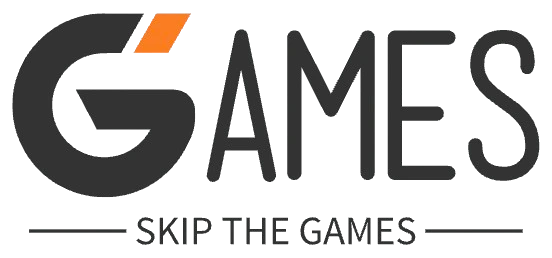

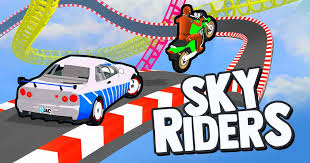
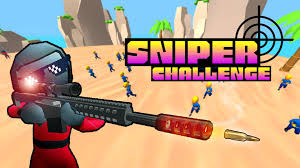

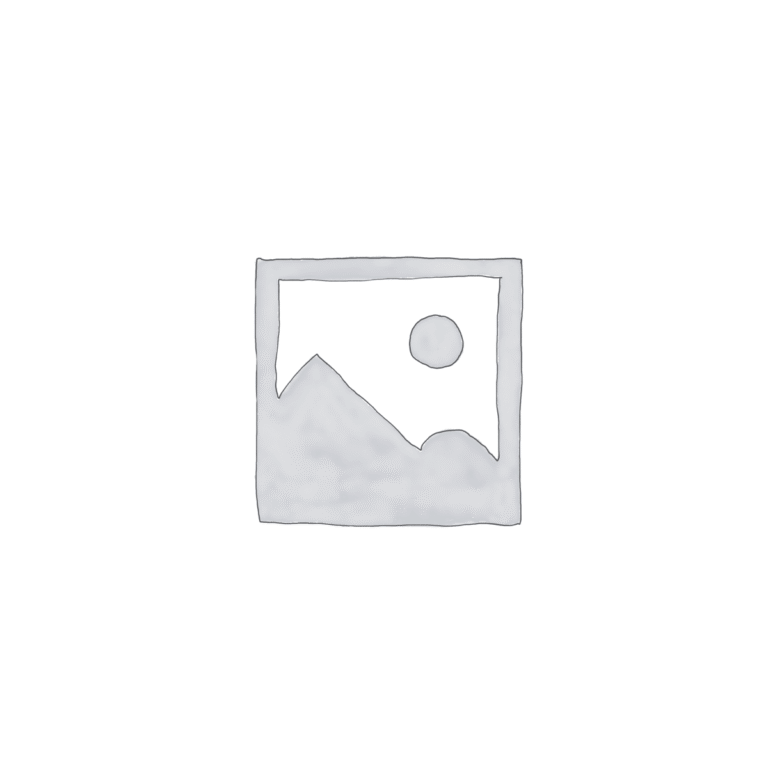
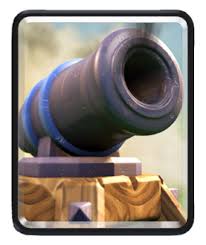
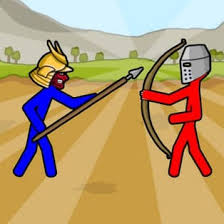






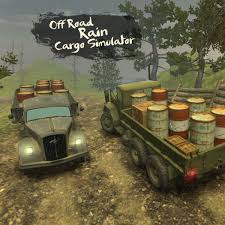
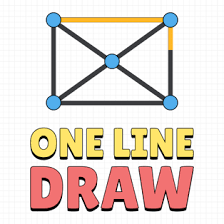











Reviews
There are no reviews yet.